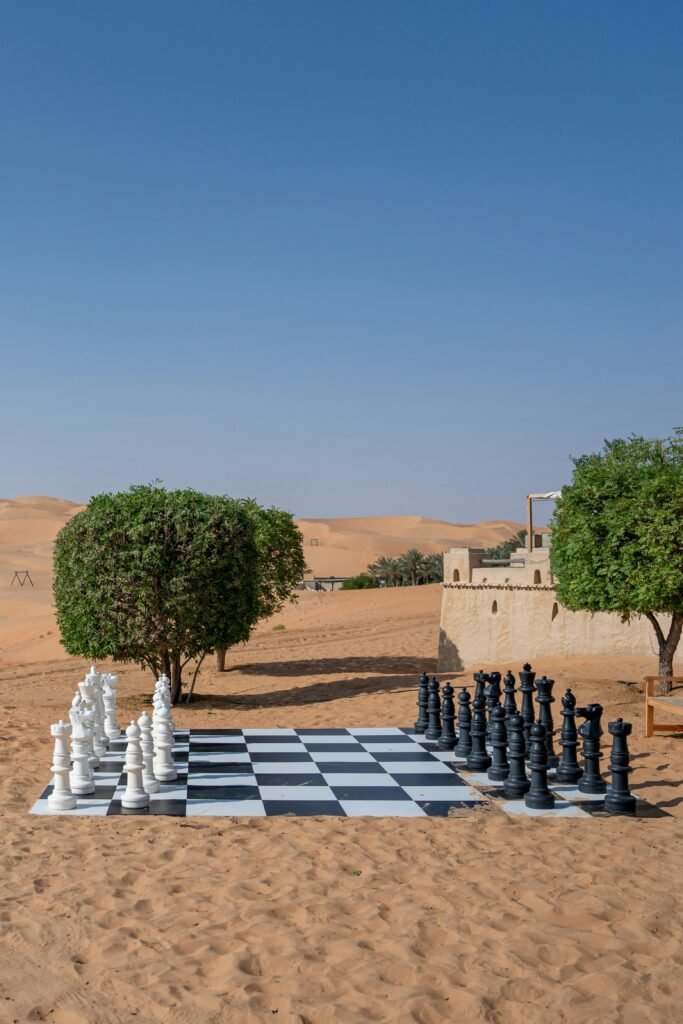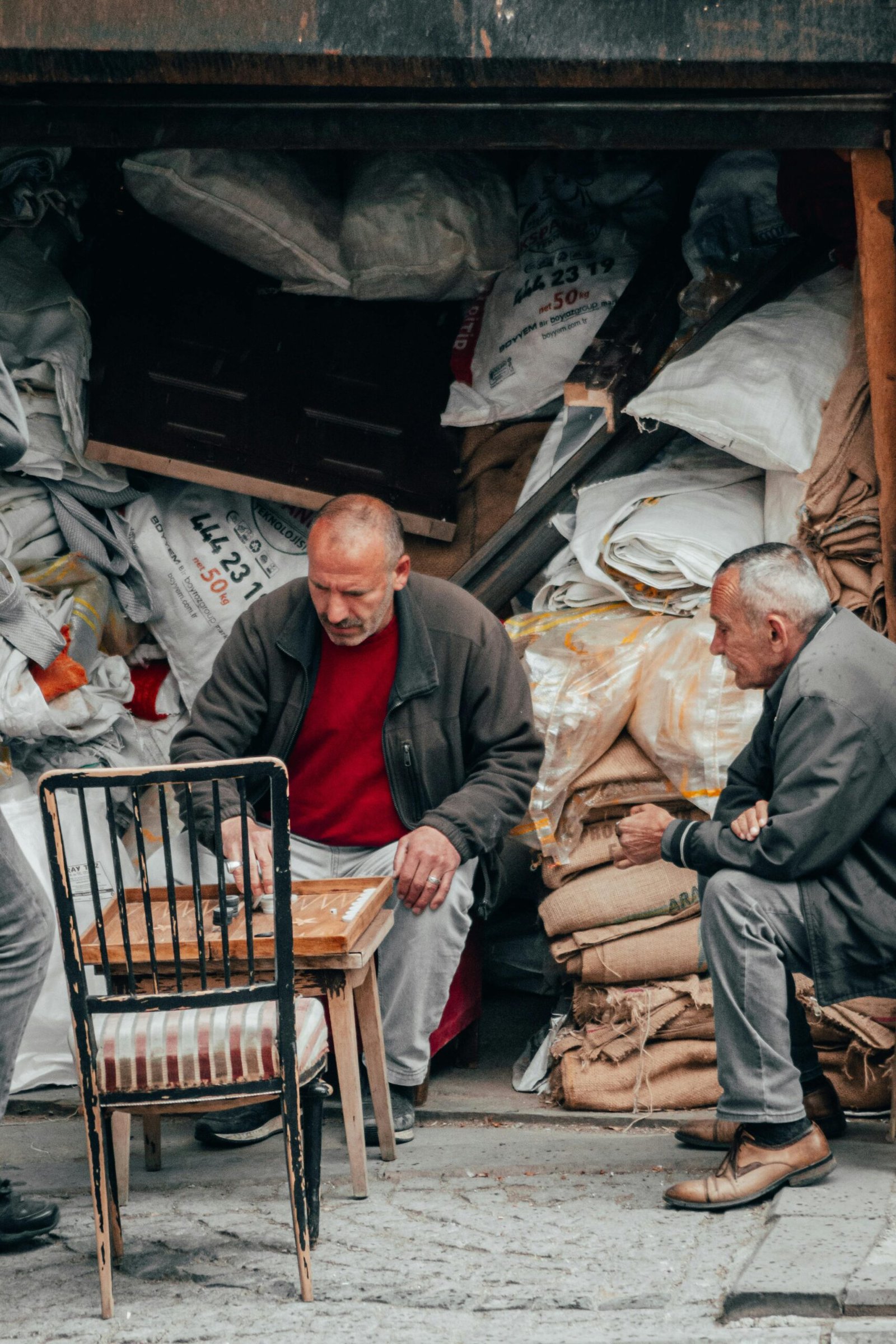Welcome to an in-depth exploration of game components! In this article, we will delve into the various elements that make up the games we know and love. From game boards and pieces to cards and dice, we will take a closer look at how each component contributes to the overall gaming experience. Whether you’re a casual player or a seasoned pro, this comprehensive examination will provide you with a greater appreciation for the intricate details that go into creating your favorite games. So sit back, relax, and let’s dive into the world of game components together!
A Comprehensive Examination of Game Components
Have you ever wondered what goes into making a board game or tabletop game? How all the pieces fit together to create a fun and engaging experience for players of all ages? In this article, we will take a deep dive into the world of game components. From dice and cards to boards and miniatures, we will explore the essential elements that make up your favorite games and how they come together to create an immersive gameplay experience.

This image is property of images.pexels.com.
The Basics: Understanding Game Components
So, let’s start with the basics. Game components are the physical parts of a game that players interact with during gameplay. These can include pieces like dice, cards, tokens, boards, miniatures, and more. Each component serves a specific purpose in the game, from representing player actions to tracking progress and providing a visual and tactile experience for players.
When you open a new game box, you’ll find a variety of components that have been carefully designed and chosen to enhance the gameplay experience. These components are not just random pieces thrown together; they are essential to the game’s mechanics and overall design. Understanding the role of each component can help you appreciate the thought and effort that goes into creating a well-crafted game.
Dice: The Roll of Chance
Dice are one of the most iconic game components and have been used in games for centuries. They bring an element of chance and randomness to gameplay, adding excitement and unpredictability to the game’s outcome. From standard six-sided dice to custom polyhedral dice used in role-playing games, dice come in various shapes, sizes, and colors, each with its unique function.
When you roll a die in a game, you never know what number will come up. This element of randomness can create tense moments and strategic decisions as players must adapt to the results of their rolls. Some games rely heavily on dice rolls for combat or resource gathering, while others use dice for movement or to determine the outcome of specific actions. Regardless of how they are used, dice are a fundamental component that adds an element of chance to game mechanics.
Types of Dice
There are several types of dice commonly used in games, each with its unique characteristics and applications:
- D6 (Six-sided dice): The standard six-sided die is the most common type of die used in games. It is usually numbered 1 to 6 and is often used for simple probability calculations or generic actions in games.
- D20 (Twenty-sided dice): The twenty-sided die is commonly used in role-playing games (RPGs) for resolving combat, skill checks, and other actions that require a wide range of possible outcomes.
- D4, D8, D10, D12 (Four-sided, eight-sided, ten-sided, twelve-sided dice): These polyhedral dice are used in RPGs for more complex calculations and outcomes, such as determining damage or stat values for characters.
Understanding the different types of dice and how they are used in games can help you strategize and plan your moves based on the probabilities and outcomes they offer.

This image is property of images.pexels.com.
Cards: The Heart of Gameplay
Cards are another essential game component that is versatile and dynamic. They can represent a variety of things in a game, from characters and resources to actions and events. Cards can be used for drawing random elements, hand management, deck-building, and storytelling, making them one of the most flexible components in game design.
When you draw a card in a game, you never know what it will reveal. This uncertainty can lead to exciting moments of discovery or strategy as you weigh the potential benefits and consequences of your choices. Cards can also introduce theme and narrative elements, adding depth and immersion to the gameplay experience.
Types of Cards
There are different types of cards used in games, each serving a specific purpose and adding depth to gameplay:
- Character Cards: These cards represent players, units, or factions in a game and often have unique abilities, stats, or roles that affect gameplay.
- Resource Cards: These cards represent items, currency, or resources that players can collect, trade, or use to advance their objectives.
- Event Cards: These cards introduce random events, challenges, or opportunities that can impact gameplay and force players to adapt or strategize.
- Action Cards: These cards provide players with specific actions or abilities they can use to influence the game, such as attacking, defending, or gaining advantages.
By understanding the different types of cards and how they interact with other game components, you can develop strategies and tactics to maximize their impact on the game.
Boards: The Landscape of Adventure
Game boards are the central component of many tabletop games, providing a visual representation of the game world and guiding players through gameplay. Boards can come in various shapes and sizes, from simple grids to intricate maps filled with spaces, paths, and obstacles that players must navigate to achieve their objectives.
When you lay out a game board, you are immersing yourself in the game’s setting and creating a shared experience with other players. The board serves as a focal point for interaction, communication, and decision-making, allowing players to visualize their positions, assess their options, and plan their next moves strategically.
Types of Boards
Game boards can vary in complexity and design, depending on the game’s mechanics and theme:
- Grid Boards: These boards feature a simple grid or pattern of spaces that players move their pieces along, such as in chess or checkers.
- Map Boards: These boards depict a landscape, city, or dungeon for players to explore, conquer, or interact with, such as in adventure or strategy games.
- Modular Boards: These boards consist of interlocking tiles or pieces that players can rearrange to create different layouts and scenarios, adding replayability and variability to the game.
Understanding the layout and components of a game board can help you navigate the game world, plan your strategy, and collaborate with other players to achieve your goals.

This image is property of images.pexels.com.
Miniatures: The Characters Come to Life
Miniatures are intricately designed, three-dimensional figures used in tabletop games to represent characters, units, or creatures on the game board. Miniatures add a visual element to gameplay, bringing characters and settings to life and allowing players to immerse themselves in the game world through tangible and detailed representations.
When you move a miniature on the board, you are embodying that character or unit, making decisions and taking actions that directly impact the game. Miniatures can enhance the storytelling, combat, and strategic aspects of gameplay, providing players with a tactile and immersive experience that goes beyond traditional game pieces.
Types of Miniatures
There are different types of miniatures used in tabletop games, each with its unique style, scale, and function:
- Player Characters: These miniatures represent the main protagonists or heroes controlled by players, often customizable or collectible to reflect different classes, races, or abilities.
- Enemy Creatures: These miniatures represent monsters, villains, or antagonists that players must overcome or defeat in the game, each with its unique stats, powers, or challenges.
- Terrain Elements: These miniatures represent obstacles, objects, or structures in the game world that add depth, strategy, or interaction to gameplay, such as walls, doors, or treasure chests.
By utilizing miniatures in your gameplay, you can enhance the visual appeal, strategic depth, and narrative immersion of the game, creating a more engaging and interactive experience for you and your fellow players.
Tokens: The Markers of Progress
Tokens are small, physical markers used in games to keep track of various elements, such as resources, player actions, or progress towards objectives. Tokens can represent a wide range of things, from scoring points and collecting rewards to moving units and resolving game effects, making them a versatile and practical component in game design.
When you place a token on the board, you are marking your territory, claiming ownership, or signaling a specific action or event in the game. Tokens can streamline gameplay, reduce bookkeeping, and provide visual cues to keep players informed and engaged throughout the game session.
Types of Tokens
There are different types of tokens commonly used in games, each serving a specific purpose and providing utility to players:
- Point Tokens: These tokens represent victory points, currency, or rewards that players earn or accumulate during gameplay to achieve victory conditions.
- Action Tokens: These tokens indicate specific actions or abilities that players can use or activate during their turn to influence the game, such as moving, attacking, or drawing cards.
- Status Tokens: These tokens represent conditions, effects, or states that players’ units or characters can be affected by, such as buffs, debuffs, or immunities.
Understanding the significance and role of tokens in games can help you manage resources, track progress, and make informed decisions that contribute to your overall strategy and success.
Conclusion
In conclusion, game components are the building blocks of tabletop games, providing players with the tools, mechanics, and experiences they need to engage, strategize, and immerse themselves in the game world. Whether it’s rolling dice, drawing cards, moving miniatures, or placing tokens, each component plays a vital role in shaping gameplay, fostering interaction, and creating memorable moments for players of all ages.
By understanding the different types of game components and how they function together, you can enhance your gaming experience, develop strategic thinking, and appreciate the craftsmanship and creativity that go into designing and producing your favorite games. So, next time you gather around the table with friends or family for game night, take a moment to appreciate the dice, cards, boards, miniatures, and tokens that bring your games to life and make every playthrough a unique and enjoyable experience. Happy gaming!
